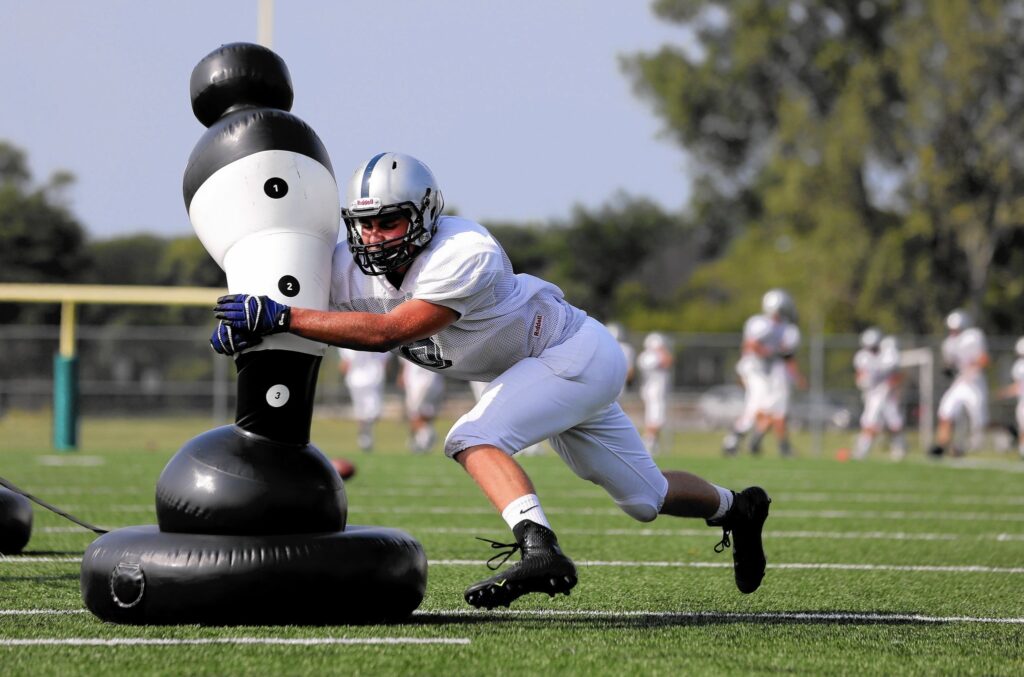
Sign up for Newsletter
Join our newsletter to receive offers and information on upcoming events.
At TackleSmart Sports, we know that finding the right football league for your child isn’t just about convenience—it’s about safety, skill development, and enjoyment. With so many options (rec leagues, travel teams, school programs), how do you pick the best fit?
Here’s our step-by-step guide to matching your young athlete with a league that sets them up for success—both on and off the field.
Not every young athlete belongs in every league. The sweet spot? A program that challenges without overwhelming. Recreational leagues work wonders for building fundamental skills in a low-pressure environment, while travel teams better suit players craving competitive intensity. For teens, school teams offer valuable camaraderie and school spirit. Remember – pushing kids into advanced leagues too early backfires. Studies show athletes in age-appropriate programs have 30% fewer injuries and stay engaged with sports longer. When in doubt, choose development over prestige.
The best coaches care more about proper technique than highlight reels. Look for programs that emphasize rugby-style tackling (keeping heads out of contact), follow CDC guidelines limiting full-contact practice time, and have clear concussion protocols. Steer clear of any league where coaches glorify “big hits” or skip fundamental drills. Ask direct questions about their safety training – quality programs will proudly share their coaching certifications and injury prevention strategies.
Top-tier leagues treat equipment and medical care as essentials, not extras. They insist on Virginia Tech-rated helmets, conduct regular gear checks (a loose helmet doubles concussion risk), and keep athletic trainers on-site for all contact sessions. Before committing, ask pointed questions: “Who handles injuries during games?” and “How often is equipment inspected?” If answers are vague, consider it a red flag.
Between practices, games, and tournaments, youth sports can become a part-time job. Recreational leagues typically demand just 2-3 weekly commitments, while travel teams often require 4-5 days plus weekends. School teams ramp up further with daily sessions. Be honest about your family’s capacity – 70% of kids quit sports by 13 due to over-scheduling. The right program fits your schedule, not the other way around.
The healthiest environments celebrate effort as much as results. Observe practices before joining: Are coaches building kids up or tearing them down? Does everyone get meaningful playing time? Watch how teams interact after games – genuine sportsmanship speaks volumes. If the sideline vibe feels more stressful than supportive, trust that instinct. The best leagues develop character alongside athletic skills.
As a parent your major concern will be safety. After that it is about putting your child in a position to have fun. Do some research on leagues in your area, be honest about the skill level of your child, and get them playing a sport that builds character and leadership like none other out there.




Join our newsletter to receive offers and information on upcoming events.